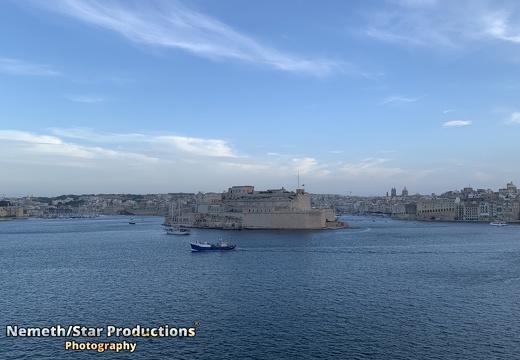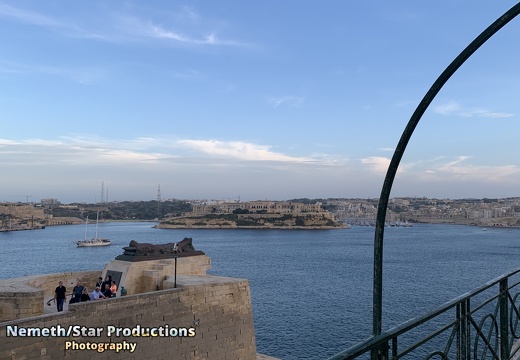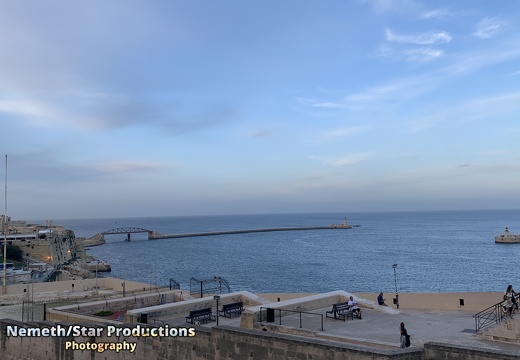Nemeth/Star Productions - Picture Gallery









Legal Notice
Privacy
© Nemeth/Star Productions 2025
Fort St. Angelo is a bastioned fort in Birgu, Malta, located at the centre of the Grand Harbour. It was originally built in the medieval period as a castle called the Castrum Maris (English: Castle by the Sea). It was rebuilt by the Order of Saint John as a bastioned fort called Fort Saint Angelo between the 1530s and the 1560s, and it is best known for its role as the Order’s headquarters during the Great Siege of Malta of 1565. A major reconstruction to designs of Carlos de Grunenbergh took place in the 1690s, giving the fort its current appearance. The fort was garrisoned by the British from 1800 to 1979, at times being classified as a stone frigate known as HMS Egmont or later HMS St Angelo. The fort suffered considerable damage during World War II, but it was later restored. In 1998, the upper part of the fort was handed to the Sovereign Military Order of Malta. Fort St. Angelo has been on Malta’s tentative list of UNESCO World Heritage Sites since 1998, as part of the Knights’ Fortifications around the Harbours of Malta. The date of its original construction is unknown. However, the prehistoric and classical remains on site, are indicative of a fortified place and a habitable zone. Large ashlar blocks and an Egyptian pink granite column at the top part of the fort still exists inside the chapel. The site was probably later developed by the Arabs c. 870 AD, but nothing is concrete. Al-Himyarī mentions that the Arabs dismantled a hisn (fortress), but there is no actual reference if this ‘fortress’ was in Birgu. We got to see the St. Angelo Point, the entrance gateway of the port right in front of St. Angelo Fort In fact, in 1220 Hohenstaufen Emperor Frederick II started to appoint his own Castellani for Malta who needed a place to live and secure the interests of the crown. The remains of a tower that may date back to the 12th century can be traced among the more recent works. The first mention of **Castrum Maris** (“Castle by the sea”) is to be found in documents from the 1240s when Paulinus of Malta was the lord of the island and later when Giliberto Abate made a census of the islands. By 1445 a Mariam confraternity, one of the eldest in Maltese history, had its convent located at the site. A middle-ages window was discovered during renovations. It is documented that this had been walled up soon after the arrival of the knights. When the Order of Saint John arrived in Malta in 1530, they chose to settle in Birgu, when it was observed the site of Fort St Angelo was partially abandoned and in ruins. After renovation it became the seat of the Grand Master, which included the refurbishing of the Castellan’s House and the Chapel of St Anne. The Knights made this their primary fortification and substantially reinforced and remodelled it, including the cutting of the dry ditch to make it a moat and the D’Homedes Bastion built by 1536. On 5 March 2012, it was confirmed that the European Regional Development Fund allocated €13.4 million for the restoration, conservation and re-use of the site, allowing for the Fort to be opened as a major visitor attraction highlighting its history and roles through the ages as well as to cater for educational programs, cultural events and live historical experiences. The restoration was managed by Heritage Malta and completed in September 2015. Quelle: Wikipedia
Powered by Piwigo















